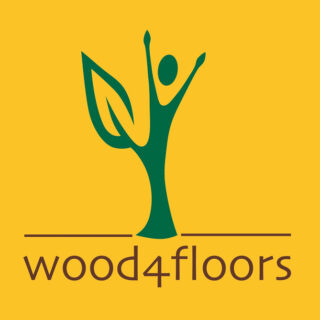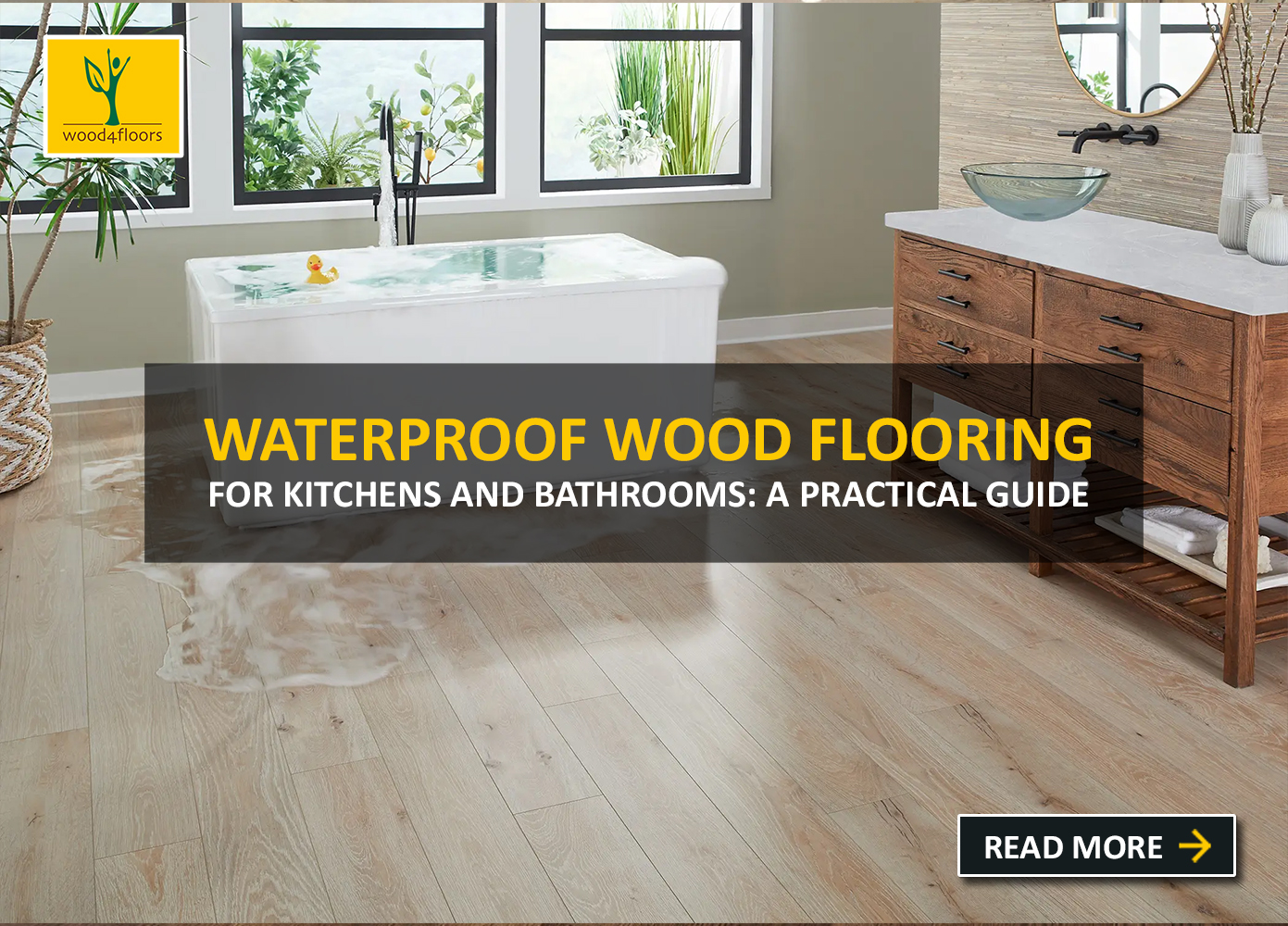When it comes to choosing flooring for our homes, we often seek a balance between style and practicality. Kitchens and bathrooms are two areas prone to spills, moisture, and high foot traffic, making it essential to select a flooring option that can withstand these challenges. This is where waterproof wood flooring steps in, providing a perfect combination of elegance and durability for these critical spaces.
Why Choose Waterproof Wood Flooring?
Wood flooring has always been admired for its timeless beauty and warmth it brings to a room. However, traditional wood floors can be sensitive to moisture, leading to warping, buckling, and damage over time, especially in areas like kitchens and bathrooms where water exposure is frequent. Waterproof wood flooring, on the other hand, is specifically designed to resist water damage, making it an ideal choice for these spaces.
Advantages of Waterproof Wood Flooring
- Superior Water Resistance: The primary benefit of waterproof wood flooring is its exceptional resistance to water and spills. With a protective top layer, water is unable to penetrate the surface, keeping the planks safe from harm.
- Durability and Longevity: Waterproof wood flooring is built to last. It can withstand heavy use, making it an excellent investment for areas with high foot traffic, like kitchens and bathrooms.
- Easy Maintenance: Cleaning up spills and messes is a breeze with waterproof wood flooring. A damp mop or cloth is usually all that’s needed to keep it looking pristine.
- Stylish Designs: You don’t have to sacrifice aesthetics for functionality. Waterproof wood flooring comes in a variety of colors, styles, and textures, allowing you to choose the perfect look for your kitchen or bathroom.
Types of Waterproof Wood Flooring
Waterproof wood flooring comes in various types, each offering unique characteristics and benefits. Here are some of the most common types of waterproof wood flooring:
- Luxury Vinyl Planks (LVP): LVP is a popular and versatile choice for waterproof wood flooring. It is made of multiple layers, including a durable wear layer on top that resists scratches and stains. The high-quality printing technology used in LVP allows it to closely mimic the appearance of real hardwood, giving you the beauty of wood with excellent water resistance.
- Wood-Plastic Composite (WPC): WPC flooring is a hybrid option that blends wood fibers and plastic resins to create a durable and waterproof product. It is known for its stability and ability to handle fluctuations in temperature and moisture, making it suitable for kitchens, bathrooms, and other moisture-prone areas.
- Stone Plastic Composite (SPC): SPC is similar to WPC but incorporates limestone in its core layer, providing enhanced stability and rigidity. It is highly water-resistant and can withstand heavy foot traffic and impacts, making it a durable option for both residential and commercial spaces.
- Porcelain Wood Tile: Porcelain wood tiles offer the appearance of natural wood with the durability of porcelain. They are fired at high temperatures, making them completely waterproof and suitable for wet areas such as bathrooms and kitchens. These tiles are available in various wood grain patterns and textures, giving you a wide range of design options.
- Waterproof Engineered Wood: Engineered wood flooring consists of real wood veneer on top of a plywood base. Some engineered wood floors are specially treated to enhance their water resistance, making them suitable for use in moisture-prone areas. However, it’s essential to check the manufacturer’s specifications to ensure the product is genuinely waterproof.
- Tile-Look Laminate Flooring: Laminate flooring can also come in waterproof options that replicate the look of tile. While traditional laminate is not waterproof, waterproof laminate utilizes a moisture-resistant core layer to protect against water damage.
Each type of waterproof wood flooring has its own advantages and considerations, so it’s essential to consider your specific needs, budget, and the intended location before making a decision. Consulting with a flooring professional can help you choose the best type of waterproof wood flooring for your home or commercial space.
Installation and Care
Installing waterproof wood flooring in your kitchen or bathroom is a smart decision, but proper installation is crucial to ensuring its functionality. Hiring a professional installer is recommended to achieve the best results. Additionally, follow the manufacturer’s guidelines for cleaning and maintenance to preserve the floor’s integrity over time.
Conclusion
Waterproof wood flooring brings the best of both worlds – the elegance of wood and the practicality of waterproofing – making it an excellent choice for kitchens and bathrooms. With its durability, easy maintenance, and stylish designs, it is a flooring solution that will stand the test of time. Invest in waterproof wood flooring today and enjoy beautiful, long-lasting floors in your home’s busiest areas.


